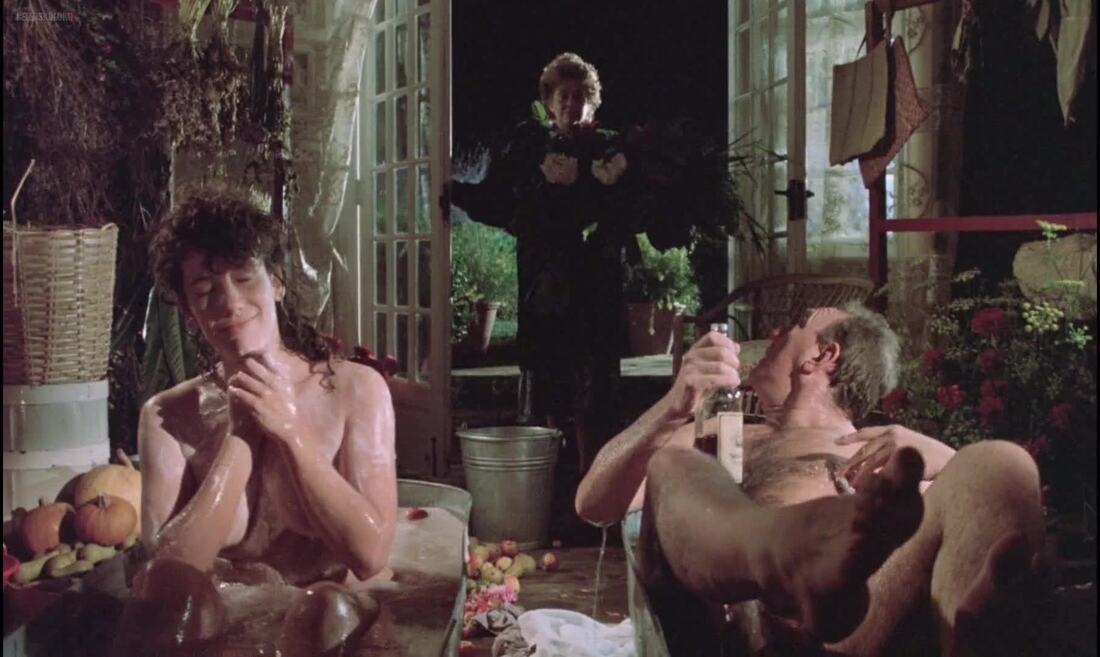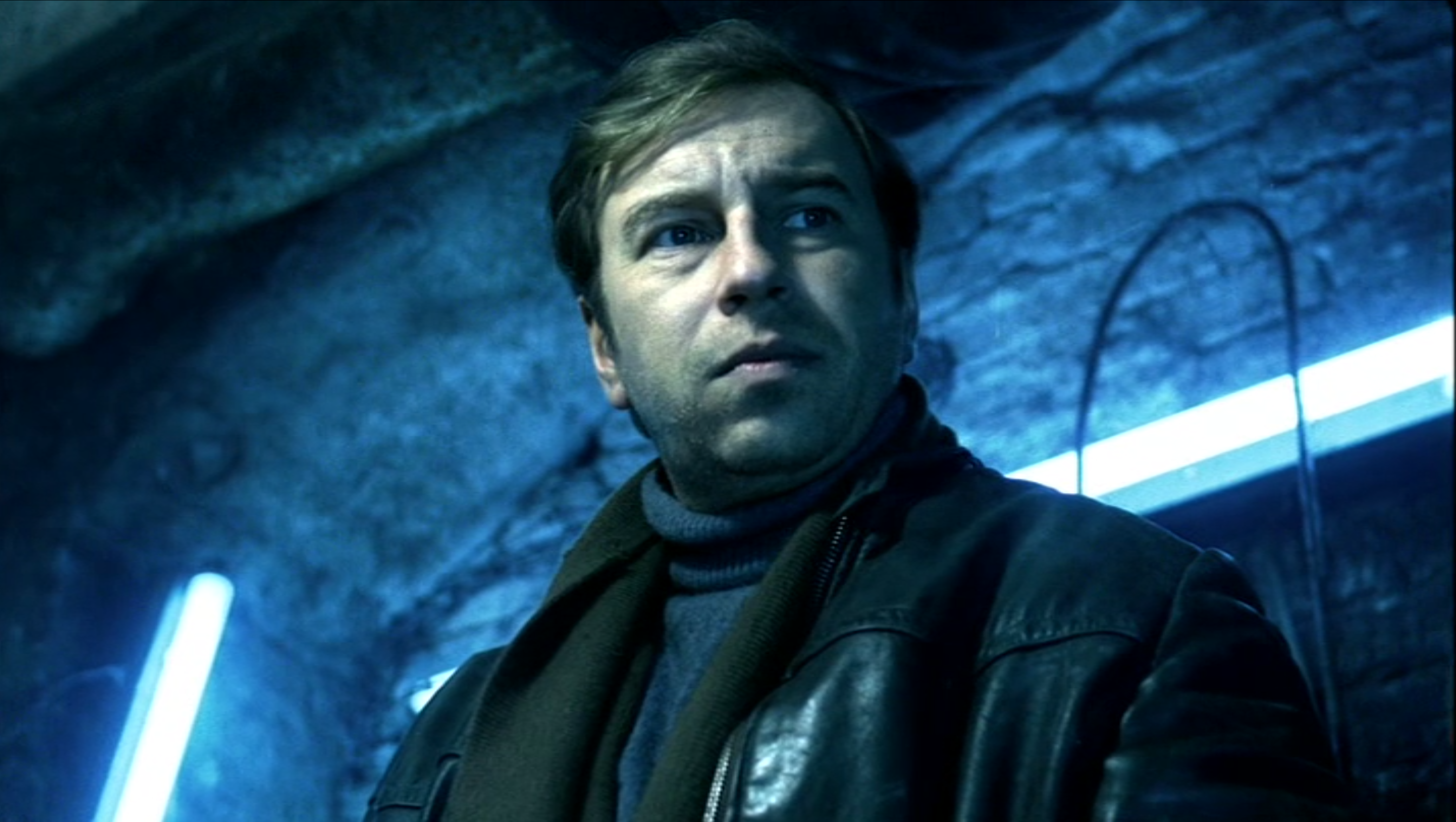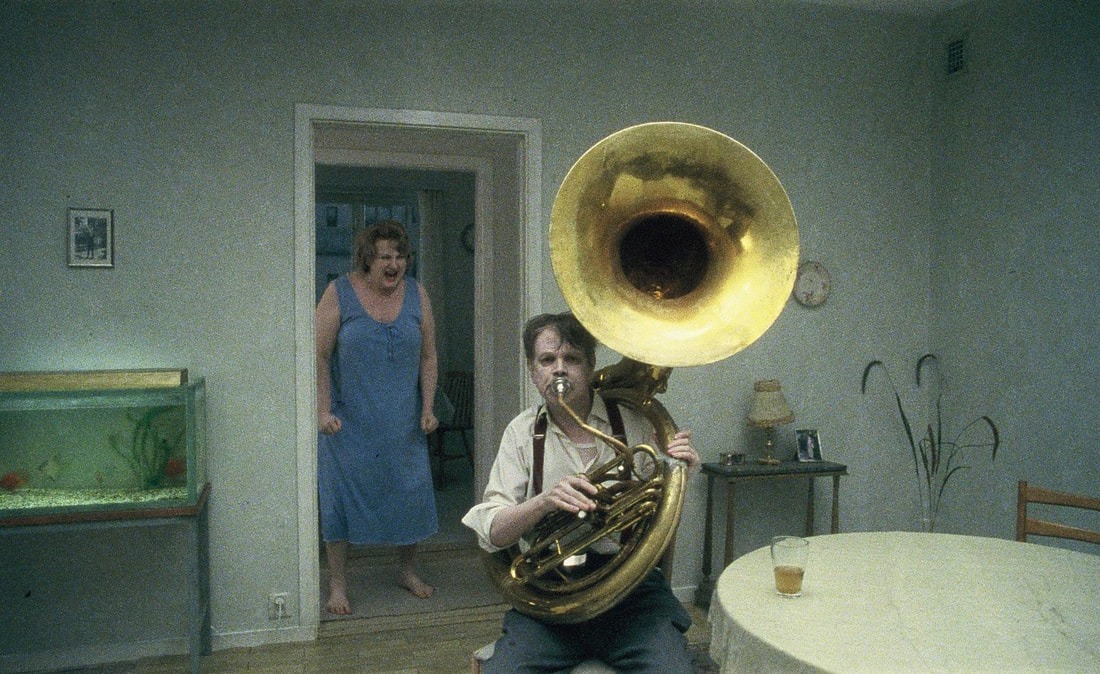
The first hour of Florian Henckel von Donnersmarck ’s 2006 film The Lives of Others is masterful. The atmosphere is taut and cold. There is no room to breathe and so the slightest gesture becomes significant. Ulrich Mühe’s performance as the Stasi officer Gerd Wiesler is delicate and nuanced. It seems as if his skin would be cold to the touch, but you can see a glimmer of sadness behind his eyes.
Watching Wiesler slowly thaw would have been plenty to fill the two hours of this film. I don’t begrudge the film it’s suspense plot but t it wasn’t necessary. It was disappointing to stray away from the intense character portraits and move to a conventional thriller arc. The film is beautifully made, and the thriller is effective but it is the three principal actors that are the most compelling, Wiesler most of all.
There is a revealing scene where Wiesler hires a prostitute. Their rendezvous in his apartment is heartbreaking especially juxtaposed against the warmth of Christa-Marie and Georg’s relationship. The prostitute is sweet and accommodating but when their transaction is over she’s ready to hurry to her next appointment. Just as she is leaving Wiesler is overwhelmed with loneliness and a desire for real intimacy. He thrusts his head between her breasts. His sudden desperation is so out of character and is emotionally jarring to witness. The scene momentarily reveals the life that is being crushed under a totalitarian facade.
Wiesler is far more vulnerable than he reveals which may be a metaphor for the East German Government. The film takes place before, during, and after the fall of the wall. Each of Wiesler’s efforts to keep a stiff upper lip and maintain a facade of equanimity only weakens his defenses.
A young boy in an elevator turns the tables on Wiesler and interrogates him with simple but painful truths, Wiesler does his best to stay taciturn but his heartstrings are getting increasingly easier to pluck. These small dramas are more than enough to build a film around.
Donnersmarck frequently shoots his characters in confrontational compositions. The actor sits or stands facing directly forward parallel to the screen. They testify to us, they stand bare and plain without anything to hide behind. The act of observation is always present, whether it is we the audience watching the film, or the characters inside the film watching each other. As Wiesler walks into a bar, a drunk accosts him and demands, “what are you staring at?” The words loom large in the air. They not only reproach Wiesler but the audience as well.

Wiesler, the observer, warms to Georg, the observed, just as we the audience warm to Wiesler, the subject of our observation. There is a certain similarity to Remains of The Day where Anthony Hopkin’s character, Mr. Stevens, gives us very little to work with. He is subtle and understated but there is a clear sense that still waters run deep. Stevens may be stoic and cold but we slowly form sympathy for him.
It brings to mind the Kuleshov effect. The fact that we project our emotions onto characters is partly what makes them compelling. Without explicit knowledge of what is in his head, we use empathy to fill in the gaps. Empathy easily leads to sympathy and then we are not only caught up in the film but we are participating in its creation. We write the internal dialogue and through this projection, we bond to the character. It is such a disappointment when directors choose to explicitly reveal exactly what is in the character’s head by having the character stare into the distance while we hear a reverbed narration of their thoughts and feelings. Donnersmarck makes no such facile mistakes.
The Lives of Others is a captivating film that begins with a rich and insightful drama. It sets the bar very high. The second half is very good, I have no criticism of it except that it does not fully bring to fruition the promise of the first half and instead relies on something more conventional.

If you enjoyed this article click here for more
www.filmofileshideout.com/archives/how-womens-bodies-occupy-space-in-women-without-men



